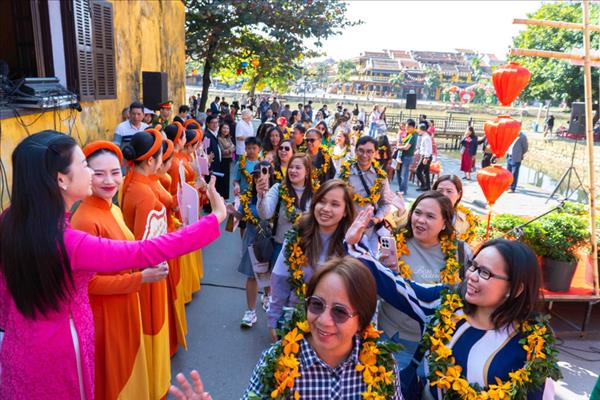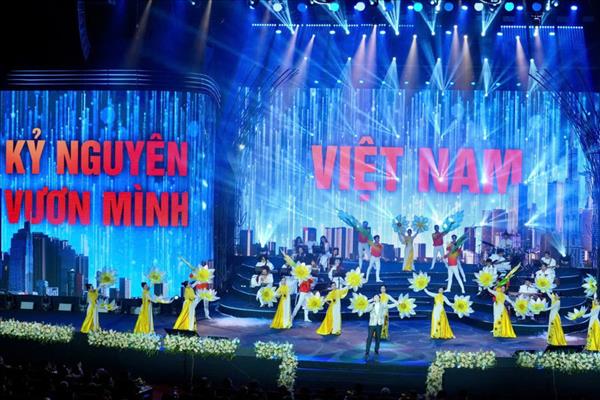Vice President Dang Thi Ngoc Thinh made the statement at the 18th NAM Summit in Baku, Azerbaijan, on October 25, which drew the participation of representatives from 120 NAM member countries, observers and international organisations.
Thinh noted that the movement is facing great challenges from both inside and outside factors, including competition among world powers, unilateralism and power politics, as well as member countries’ limitations in resources, increasing differences in interests and interference from the outside.
The Vice President called for the NAM member countries to enhance solidarity on the foundation of the Principles of Bandung, thus maintaining the movement’s role as a pioneer in promoting respect for law, democratising international relations and preserving legitimate interests of the member countries.
She held that the Association of Southeast Asian Nations (ASEAN) is confronting serious threats from complicated developments in the East Sea, especially violations of sovereign rights and jurisdiction rights in the territorial waters of Vietnam as defined in the 1982 United Nations Convention on the Law of the Sea (UNCLOS).
Thinh proposed that the NAM give adequate attention to and support efforts for peace, security and stability in Southeast Asia, while respecting the viewpoints and stands of relevant member states.
Vietnam will heighten the sense of responsibility to make contributions to global peace as well as sustainable development, happiness and prosperity of the humankind, she stressed.
The NAM was set up in 1961, grouping 120 members and 17 observer countries, and become an organisation with the second highest number of members only after the United Nations. Vietnam joined the movement in 1976.
The same day, on the sidelines of the summit, Vice President Dang Thi Ngoc Thinh had a meeting with her Indian counterpart Muppavarapu Venkaiah Naidu, during which she expressed her delight at the strong development of Vietnam-India traditional ties, especially since the two nations elevated the relations to the level of comprehensive strategic partnership in September 2016.
She suggested that both sides work closely together toward the goal of 15 billion USD in two-way trade in 2020.
The Vietnamese Vice President welcomed Indi Go’s opening of the first direct air route between the two countries, connecting Kolkata and Hanoi from October 3, and hoped that more such routes will be launched soon.
She also welcomed Indian investors to Vietnam, especially in the fields where Vietnam has demand and India has strength such as renewable energy, infrastructure, high quality agriculture, and oil and gas.
Thinh proposed the two countries foster cooperation and coordination at multilateral forums, especially the UN, NAM, and mechanisms within the ASEAN-India partnership.
For his part, Naidu recalled his good memories of his visit to Vietnam in May this year to attend the UN Vesak Day, showing his impression at the country’s socio-economic achievements as well as its role in the region, especially as the ASEAN Chair in 2020 and a non-permanent member of the UN Security Council in the 2020-2021 tenure.
He affirmed that Vietnam plays an important role in India’s “Act East” Policy, adding that India wants tofurther strengthen the strategic partnership with Vietnam.
Regarding the East Sea issue, Naidu confirmed India’s support to the stance of Vietnam and the ASEAN in maintaining peace and stability, and ensuring security, safety and freedom of navigation and aviation in the East Sea, as well as the settlement of disputes through peaceful measures in line with international law, including the UNCLOS 1982.
VNA/VNP

















